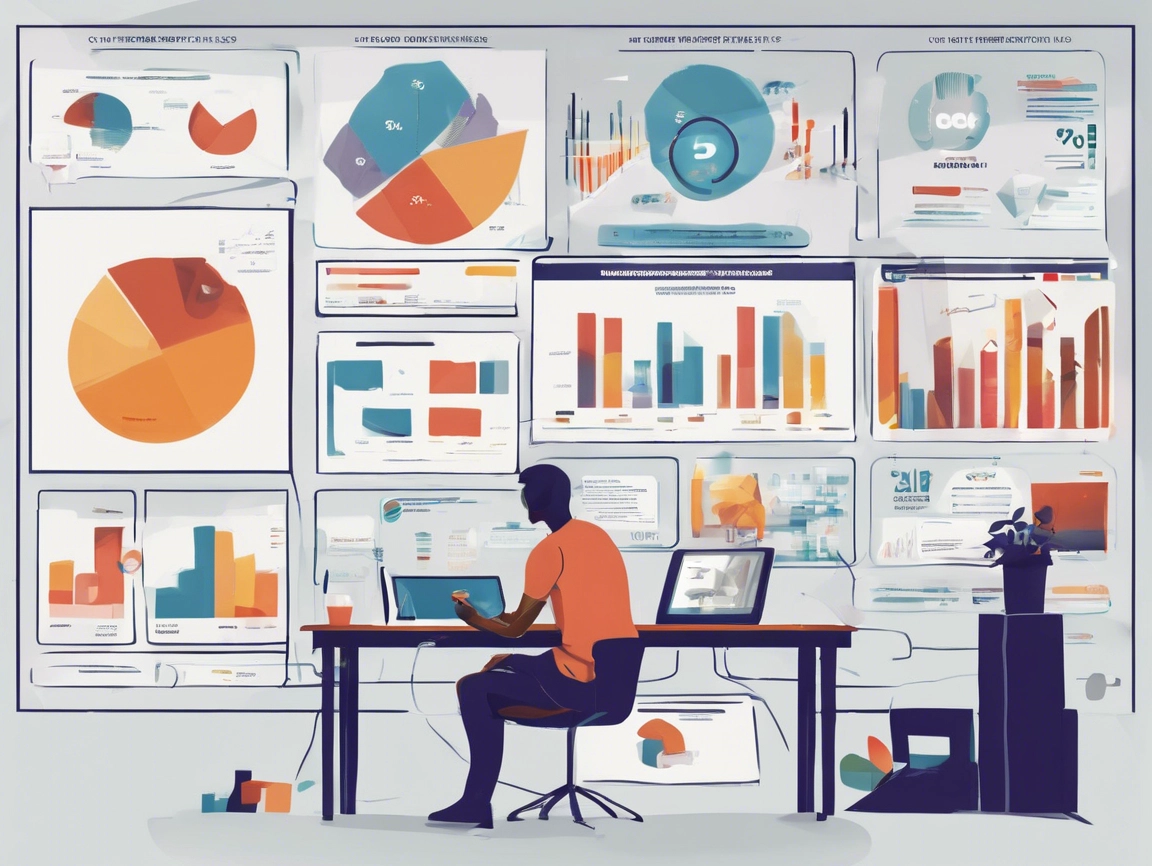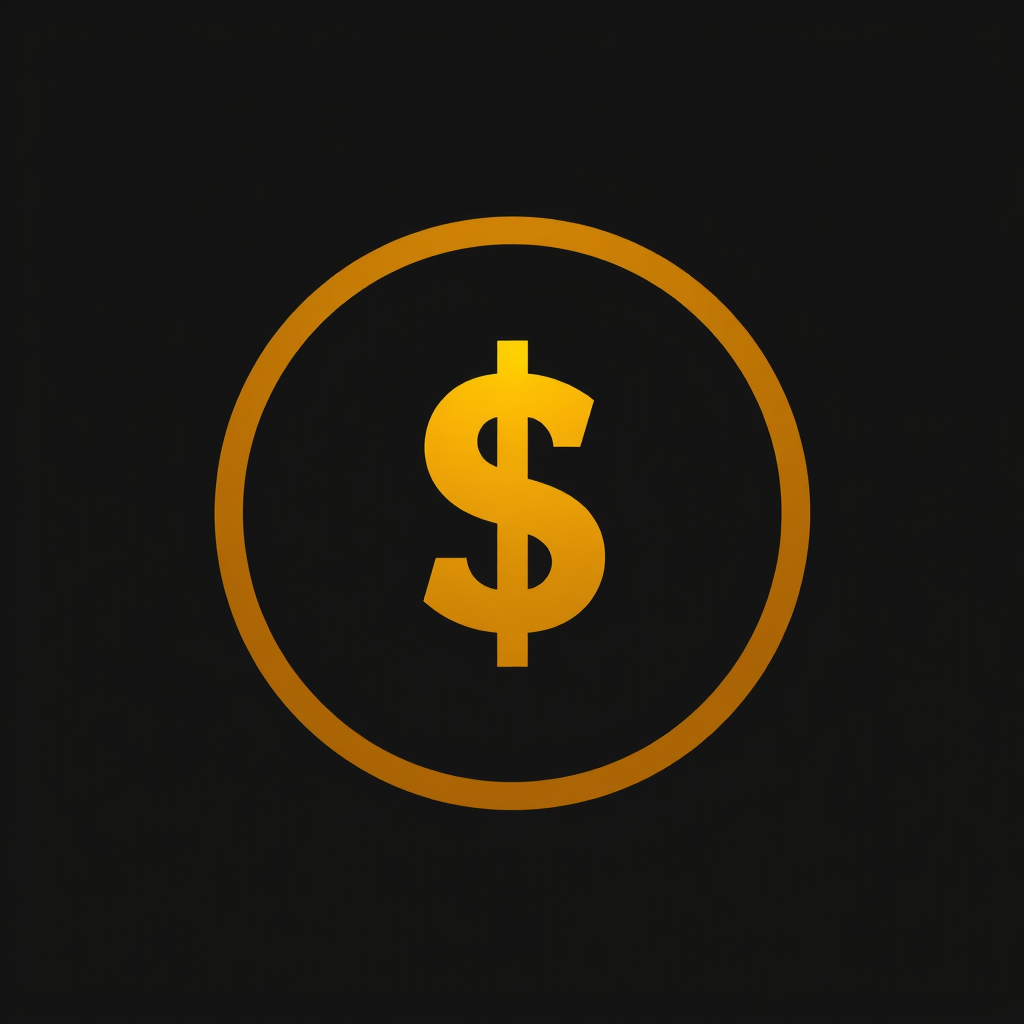By Cap Puckhaber, Reno, Nevada
I’m Cap Puckhaber, a marketing professional, amateur investor, and part-time blogger here at SimpleFinanceBlog.com. Let’s be honest, when you hear the word “bonds,” your eyes probably glaze over. It sounds boring, complicated, and like something your grandpa worries about. For beginners considering bond investing, it can indeed feel overwhelming. For years, I felt the same way, focusing most of my attention on the exciting, fast-paced world of stocks. But as I’ve navigated different market cycles, from the wild bull runs to the stomach-churning downturns, I’ve come to appreciate the quiet power of bonds. They aren’t the star player, but they are often the one that wins you the championship.
Today, we’re going to demystify bonds completely. We’ll cover what they are, why they matter, how they react to the world around us, and how you can actually buy them without needing a finance degree. My goal is to give you all the information you need, in plain English, to decide how these steady investments can fit into your financial life.
The Basics: What Is a Bond?
Before we dive into the comparisons, let’s get the basics down. At its heart, a bond is just a loan. That’s it. When you buy a bond, you are lending your money to an entity—usually a government or a large corporation—that needs to raise cash.
In exchange for your loan, they make a formal promise to you. This promise has three key parts:
- The Principal: This is the original amount of your loan, the face value of the bond. If you buy a $1,000 bond, your principal is $1,000, and this is the amount you get back at the very end.
- The Coupon: This is the interest they pay you for the privilege of using your money. It’s usually a fixed percentage of the principal that gets paid out periodically, often twice a year, providing a steady income stream.
- The Maturity Date: This is the finish line, the date when the loan is officially due. On this date, the issuer pays back your principal in full, and the bond’s life is over.
So, you give a company $1,000. They pay you interest for a set number of years, and at the end, they give you your $1,000 back. It’s a structured, predictable arrangement, which is exactly why it appeals to people who want to avoid the chaos of the stock market.
The $1,000 Question: Why Bonds Instead of Stocks?
Now that we know what a bond is, let’s really get into why you’d choose one. Imagine you have $1,000 ready to invest, and you plan to let it grow for five years.
Your first option is to buy a 5-year U.S. Treasury bond. Think of this as a formal IOU from the U.S. government. Let’s say it pays 4% interest per year. For lending them your money, the government will pay you $40 every year. After the five years are up, they hand you back your original $1,000. Your total profit is a predictable $200. It’s reliable, it’s stable, and it’s about as close to a sure thing as you can get in the investing world. You knew exactly what you were getting from day one.
Your second option is to take that same $1,000 and put it into an S&P 500 stock market fund. This means you own a tiny slice of 500 of the biggest companies in America. What happens next is anyone’s guess. The stock market is a wild, emotional beast. In five years, that $1,000 could be worth $1,800 if the economy is booming. It could also be worth $700 if we hit a rough patch. The potential for a much bigger reward is there, but so is the very real risk of losing a chunk of your hard-earned cash.
This simple comparison reveals the fundamental truth about bonds: bonds are for stability, while stocks are for growth. You don’t buy bonds to get rich overnight. You buy them to build a solid foundation for your portfolio, a bedrock of stability that lets you take more calculated risks with stocks.
How Bonds Behave in the Wild: An Economic Field Guide
Bonds don’t live in a bubble. Their value and performance are deeply intertwined with the health of the economy. Understanding these relationships is key to knowing when bonds are your best friend.
When the stock market is soaring in a bull market, bonds can seem a bit boring. Investors are chasing higher returns in stocks, so demand for bonds can dip. But even then, financial experts like Dave Ramsey emphasize their role in a balanced portfolio. The steady interest payments act as a reliable income stream, regardless of stock market drama.
The real moment for bonds to shine is during a recession. When the stock market is crashing and fear is in the air, investors flee from risky stocks and look for a safe haven. That safe haven is almost always U.S. government bonds. This massive influx of demand drives bond prices up. During the 2008 financial crisis, while the S&P 500 lost nearly 37%, long-term U.S. Treasury bonds were one of the few investments that actually made money. This is the stabilizing power of bonds in action.
The Federal Reserve’s interest rate policy is probably the single biggest factor affecting bonds. When the Fed raises rates to fight inflation, newly issued bonds offer more attractive yields. This makes existing, lower-yielding bonds less valuable, causing their prices to fall. We saw this play out dramatically in 2022 when the Fed’s aggressive rate hikes led to one of the worst years for the bond market in modern history. Conversely, when the Fed cuts rates, existing bonds with higher yields become more valuable. You can track this data easily on sites like Yahoo Finance or MarketWatch.
Inflation is the natural enemy of most bonds. If your bond pays a fixed 4% interest, but the cost of living rises by 6%, you’re losing 2% of your purchasing power each year. This is why, during periods of high inflation, investors might look toward Treasury Inflation-Protected Securities (TIPS) or Series I Bonds, which are specifically designed to protect against this loss.
The Not-So-Hidden Risks You Need to Know
While they are safer than stocks, bonds aren’t completely without risk. It’s crucial to understand the potential downsides.
The most significant is interest rate risk. As we just covered, if rates go up, the market value of your existing bond goes down. This risk is much greater for long-term bonds. A 30-year bond’s price will swing much more wildly with rate changes than a 2-year bond. This doesn’t matter as much if you plan to hold the bond to maturity and collect your principal, but it’s a major factor if you think you might need to sell it early.
Then there’s credit risk, also known as default risk. This is the chance that the entity you lent money to won’t be able to pay you back. For U.S. Treasury bonds, this risk is practically zero. But for corporate bonds, it’s a real consideration. A financially shaky company might default on its debt. This is where credit rating agencies like Morningstar and Moody’s are invaluable. They rate bonds based on their creditworthiness, helping you assess the risk before you buy.
A Quick Tour of Your Main Bond Options
You don’t need to become an expert in every obscure corner of the bond market. For most people, understanding a few key types is all you need.
| Bond Type | Who Issues It? | The Gist | Main Pro | Main Con |
|---|---|---|---|---|
| U.S. Treasury Bonds | U.S. Government | The gold standard of safety. You’re lending money to Uncle Sam. | Virtually zero risk of not being paid back. | Lower interest payments (yields) than riskier bonds. |
| Corporate Bonds | Companies (like Apple or Ford) | You’re lending money to a business. | Higher interest payments than government bonds. | The company could go bankrupt and you could lose your money. |
| Municipal Bonds (“Munis”) | Cities and States | You’re lending money for public projects like schools or roads. | The interest you earn is often tax-free! | Risk depends on the financial health of the city/state. |
| Bond ETFs / Mutual Funds | Investment Firms | A super-easy way to buy a basket of hundreds of different bonds all at once. | Instant diversification and simplicity. | You have to pay a small management fee. |
How to Actually Buy and Sell Bonds, Step-by-Step
Alright, let’s get practical. You’re ready to add some bonds to your portfolio. How do you do it?
For the DIY investor who wants to buy bonds directly from the source, the U.S. government runs the TreasuryDirect.gov website. Here, you can buy Treasury bonds, notes, bills, and savings bonds without a commission. I’ll be honest, the website feels like it was designed in 1998, but it’s functional and secure.
However, for most people, the easiest path is through a brokerage account. Firms like Fidelity, Charles Schwab, and Vanguard offer a huge marketplace of bonds—Treasuries, corporate bonds, and municipal bonds. The big advantage here is that you can see all your investments, stocks and bonds alike, in one place. You can also find great research and analysis from sources like The Motley Fool or Investopedia to help you make informed choices.
But the simplest method of all, and the one I recommend for most beginners, is to buy a bond ETF (Exchange-Traded Fund). Think of an ETF as a basket that holds hundreds or even thousands of different bonds. When you buy one share of the ETF, you instantly own a tiny piece of all those bonds. This provides immediate diversification and takes the guesswork out of picking individual bonds. You can buy a bond ETF just like you’d buy a share of stock through any brokerage. A popular example is the iShares Core U.S. Aggregate Bond ETF (ticker: AGG), which gives you broad exposure to the entire U.S. bond market.
Building Your Personal Bond Strategy
So, how much of your portfolio should be in bonds? There’s no single right answer, but a classic rule of thumb was the “100 minus your age” rule. If you’re 30, you’d have 70% in stocks and 30% in bonds. If you’re 60, you’d flip that to 40% in stocks and 60% in bonds. While a bit simplistic, the logic is sound: as you get closer to retirement, you want to reduce your risk and lock in the wealth you’ve built.
Ultimately, you should consider making bonds a part of your strategy if you want to sleep better at night knowing that not all of your money is tied up in the volatile stock market. They are essential if you’re saving for a specific goal in the near future, like a down payment on a house, and can’t afford to risk a market downturn. And for those nearing or in retirement, the predictable income stream from bonds can be the foundation of a stress-free financial life.
Bonds aren’t a get-rich-quick scheme. They are a get-rich-slow-and-stay-rich plan. They are the seatbelt for your investment journey—you hope you never have to rely on them, but you’ll be incredibly glad they’re there when the road gets bumpy.
New to Simple Finance Investing in Stocks, ETFs & Index Funds for Beginners
Cap Puckhaber’s latest take on A Beginner’s Guide to Traditional And Roth IRA
Check out my latest blog CDs vs. T-Bills: Your Complete Beginner’s Guide to Safe &; Smart Investing
New to Simple Finance Stock Valuation 101: A Beginner’s Guide to P/E Ratio &; Market Cap
Investing Blog for Beginners
Hosted by Cap Puckhaber of Black Diamond Marketing Solutions, this investing blog offers daily articles on investing, savings, bonds, interest rates, mortgages, and more.



About the Founder / Author
Cap Puckhaber is a seasoned marketing strategist and finance writer, based in Reno, Nevada with over 20 years of experience investing, marketing and helping small businesses grow.
He offers expert advice on how to save for retirement, how to use a retirement calculator and the difference between T-Bills and CDs.
He shares actionable insights on how to promote your business locally for free and on trending platforms like X.
He shares his personal investment journey, how to use trade volume to predict breakouts, and his take on covered call strategies.

Follow Cap Puckhaber Online
Connect with Cap Puckhaber on Facebook
See Real-Time Thoughts on X
Read In-Depth Articles on Medium
Subscribe to Cap Puckhaber’s Substack Newsletter
Follow Cap Puckhaber’s Company Page on LinkedIn
View Our Agency Profile on DesignRush
See Cap Puckhaber’s Agency on Agency Spotter
Explore Technical Projects on GitHub
See Cap Puckhaber’s Creative Portfolio on Behance
Learn more about my company on Crunchbase
Join Cap Puckhaber’s Conversation on BlueSky
Follow My Updates on Mastodon

Backpacker, Marketer, Investor, Blogger, Husband, Dog-Dad, Golfer, Snowboarder
Cap Puckhaber is a marketing strategist, finance writer, and outdoor enthusiast from Reno, Nevada. He writes across CapPuckhaber.com, TheHikingAdventures.com, SimpleFinanceBlog.com, and BlackDiamondMarketingSolutions.com.
Follow him for honest, real-world advice backed by 20+ years of experience.


